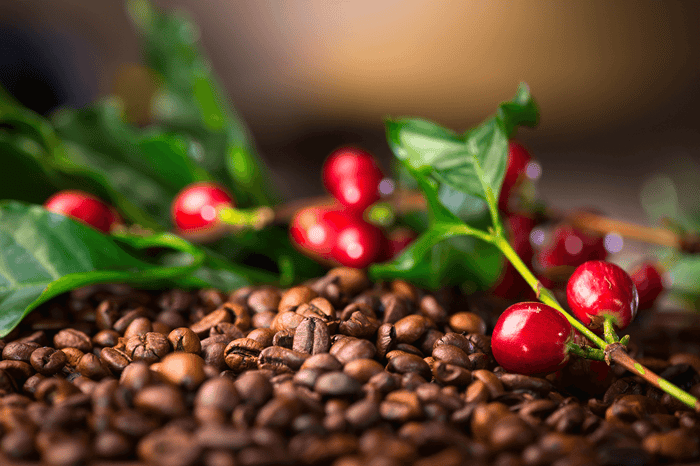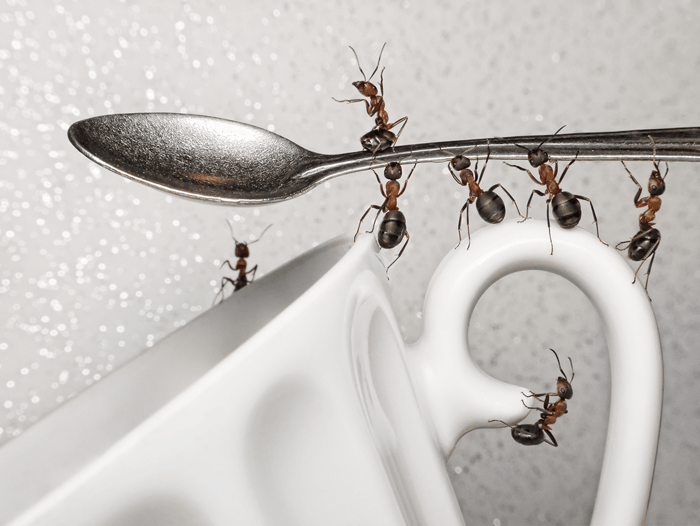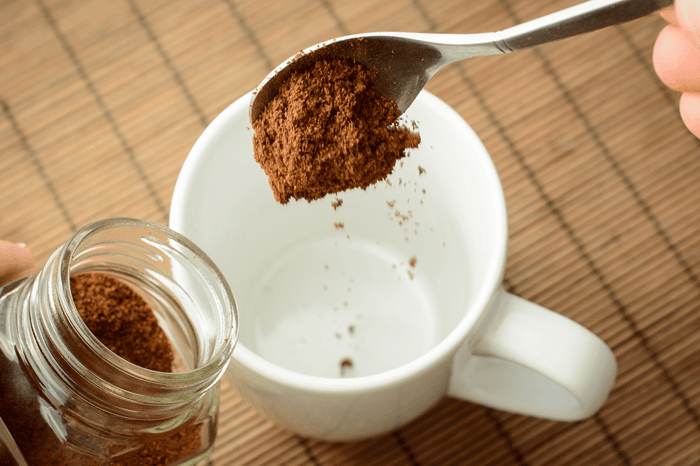
The “nose” of a coffee refers to its aromatic profile and related taste characteristics that can be sensed by… you guessed it…
(Drum roll)
…olfactory receptors.
I’d like to be able to fast-track this explanation by saying that a coffee’s nose is analogous to the a wine’s nose, but that’s just not the case.
In coffee, the term “nose” is used most frequently when referring specifically to the aromas and tastes that one can sense from the vapors given off by coffee both during and after swallowing.
This includes retronasal characteristics—what you sense when the coffee is swallowed and aromatic compounds drift up into your nasal passage internally.
Even more reason to drink coffee at a comfortable pace rather than gulping it down.

Whether your coffee has a good nose or not is directly related to three important, related factors:
- Its flavor (which depends upon region, microclimate, soil/growing conditions, blend, roasting method, length of time roasting, mineral content, and many more factors.)
- Its acidity
- Its freshness
Let’s look at some simple examples—coffee that is very bright in taste will have a very bright nose. A coffee with sweet flavor notes will smell sweet, and coffee that is very acidic will have an acidy-smelling nose.
In fact, some of the notes that people have more trouble detecting and distinguishing in coffee, whether due to their subtleness or short-livedness, are more clearly detectable in the coffee’s nose rather than its taste.

Fortunately, since our sense of taste is so closely linked with our sense of smell, we can still—in some way—appreciate subtle flavor notes in our coffee even if we can’t really say exactly what they are.
Some of the more subtle flavor notes (e.g., high, fleeting notes) of a coffee appear most clearly in the aroma. Since human senses tend to work in concert, the aroma may also affect the coffee flavor characteristics/taste sensations, which may be very subtle.
This is all different from a coffee’s fragrance (just to infuriate you).
Fragrance, as it relates to the coffee world anyway, has to do with scents created by volatile organic compounds that are inhaled after being released from dry coffee beans during grinding, rather than drinking.
A coffee’s fragrance can also be referred to as its “boutique,” or its “bouquet” if you’d rather be flowery about it. By the way, I’m positive that no one would disagree with any of these distinctions.
So, the answer to “does your coffee have a nose,” dear reader, is yes—whether you knows it or not.
But is it a good nose? (like Emma Stone’s?) (I'm the article editor, < that's funny)
Is it even a recognizable nose? (like… Ian McDiarmid’s?) (Ha (editor dude again))
Or is your coffee in dire need of a nose job? I’m going to stop with the nose puns now.

Get rid of those burnt-tasting beans, and switch to Black Insomnia, the strongest coffee in the world, featuring an expertly-crafted nose that balances subtly-sweet flavor notes of macadamia, caramel, and hazelnut, with a bold note of dark chocolate. Get yours here.






